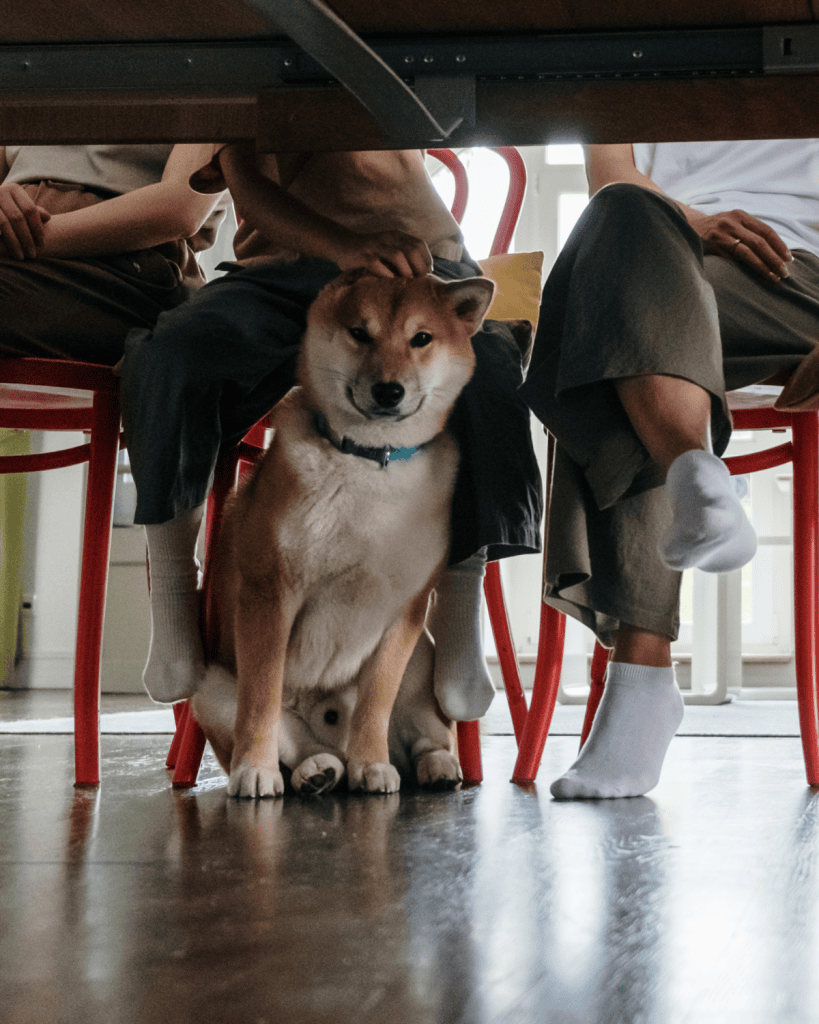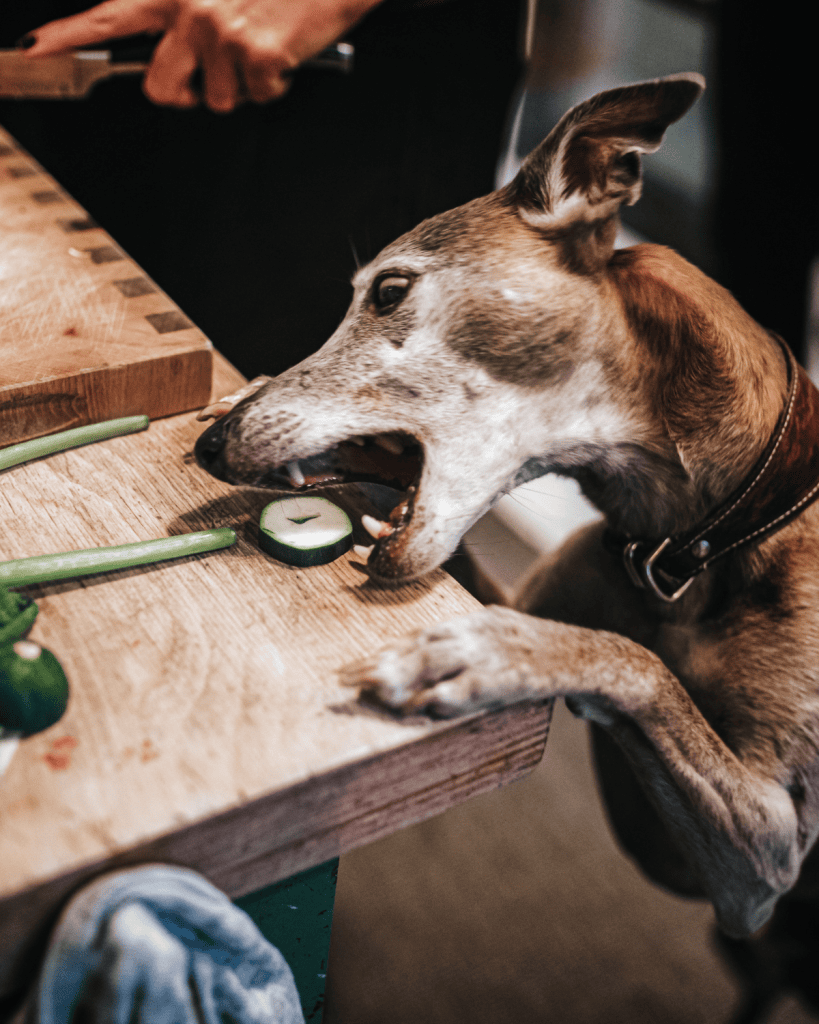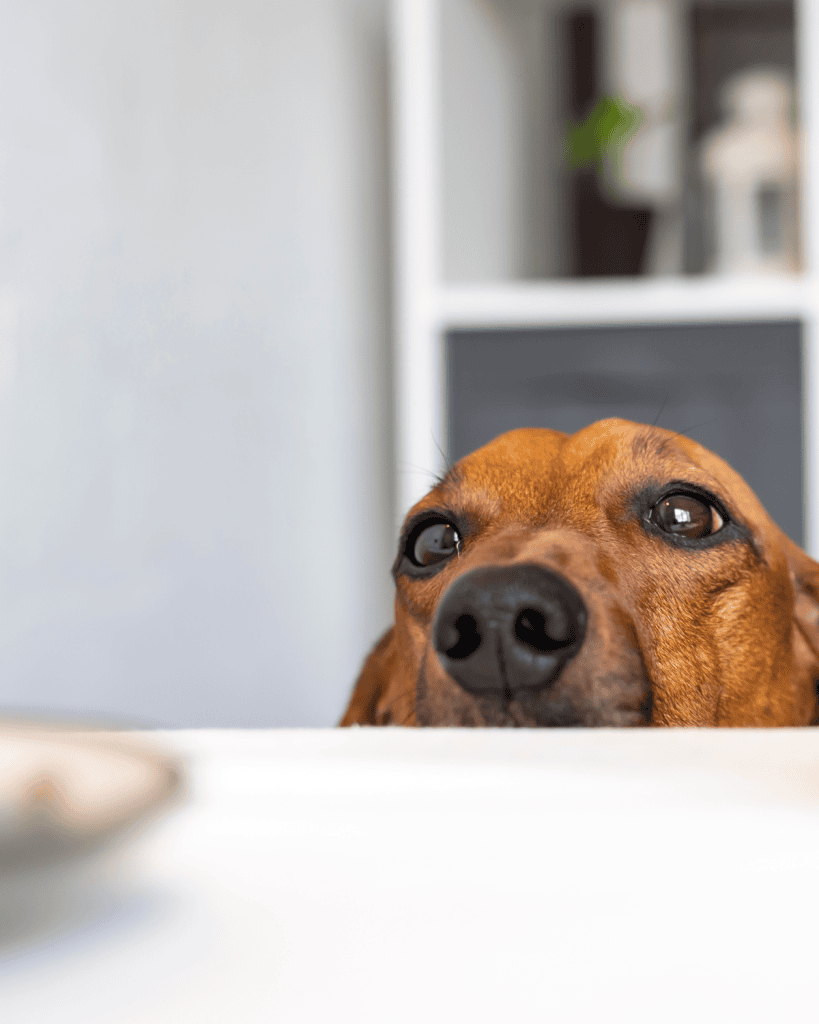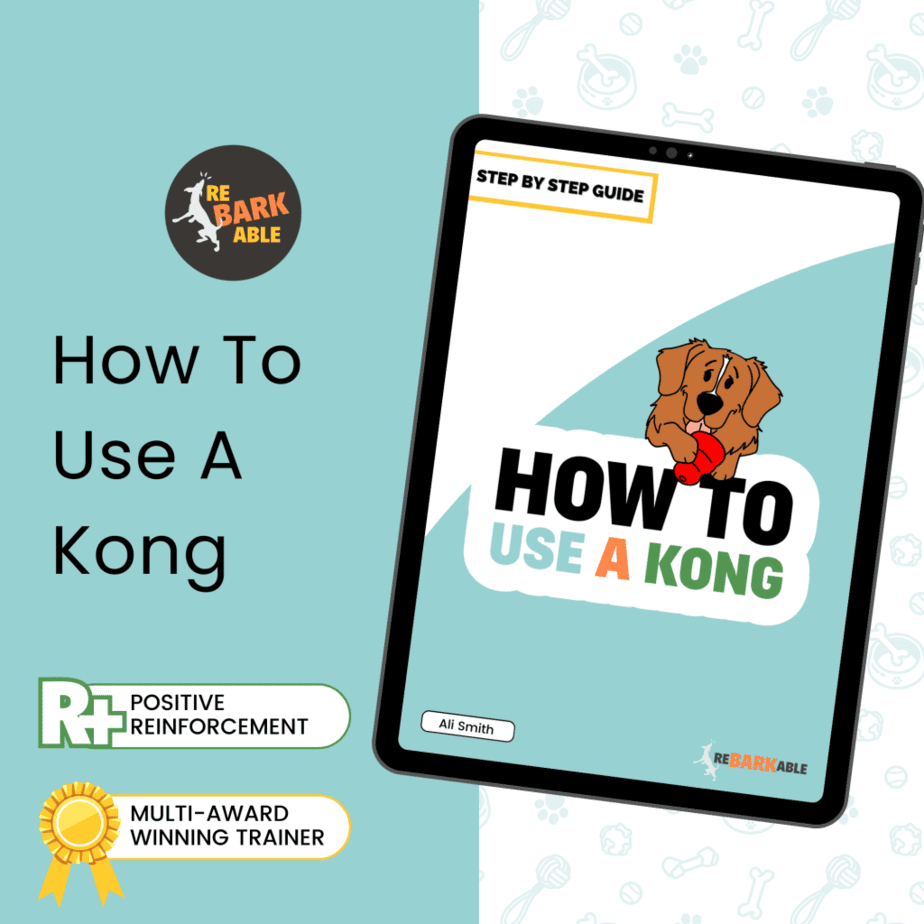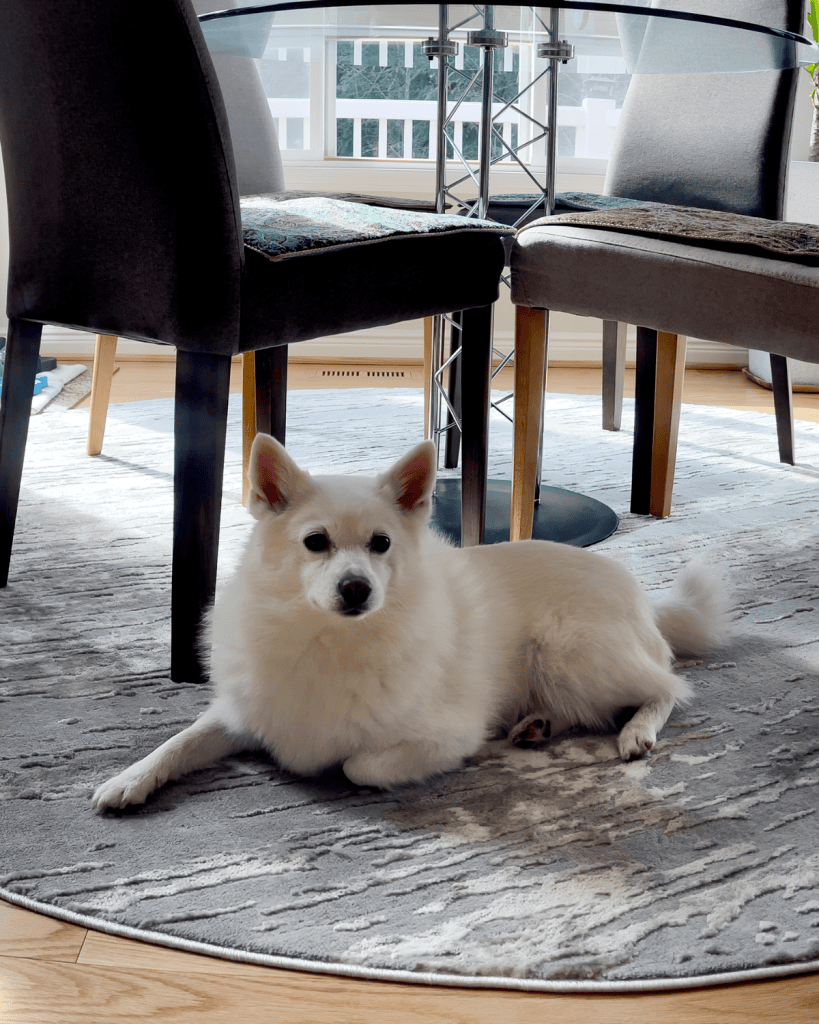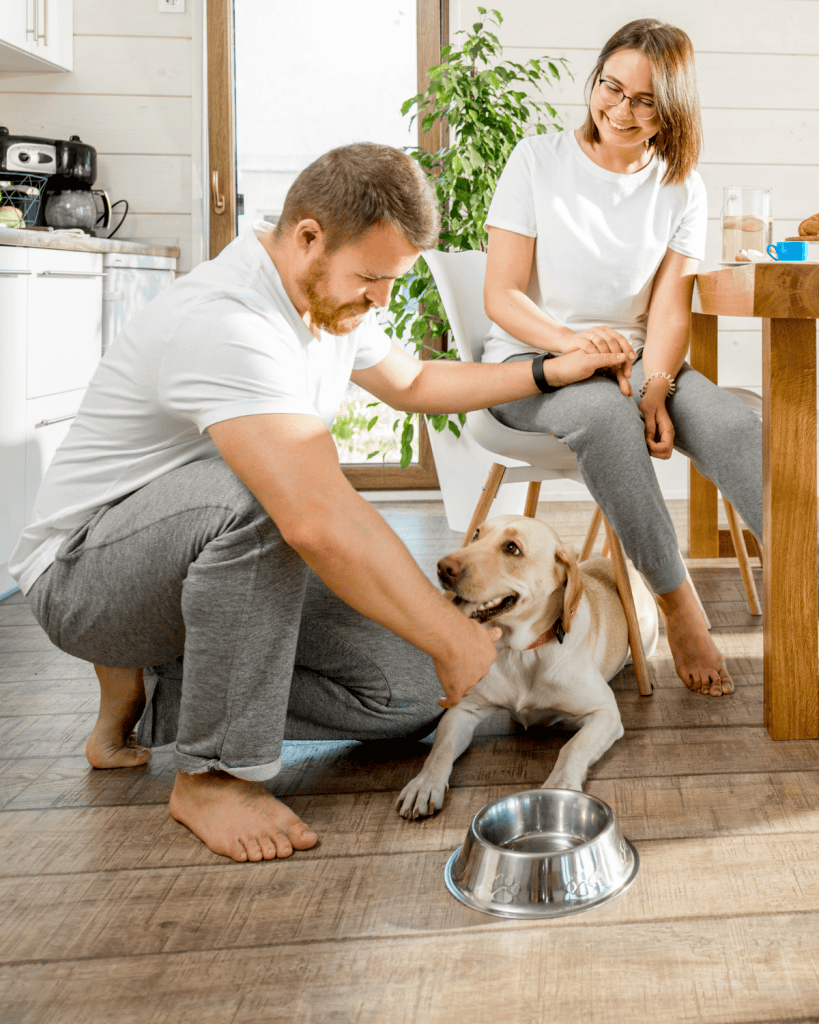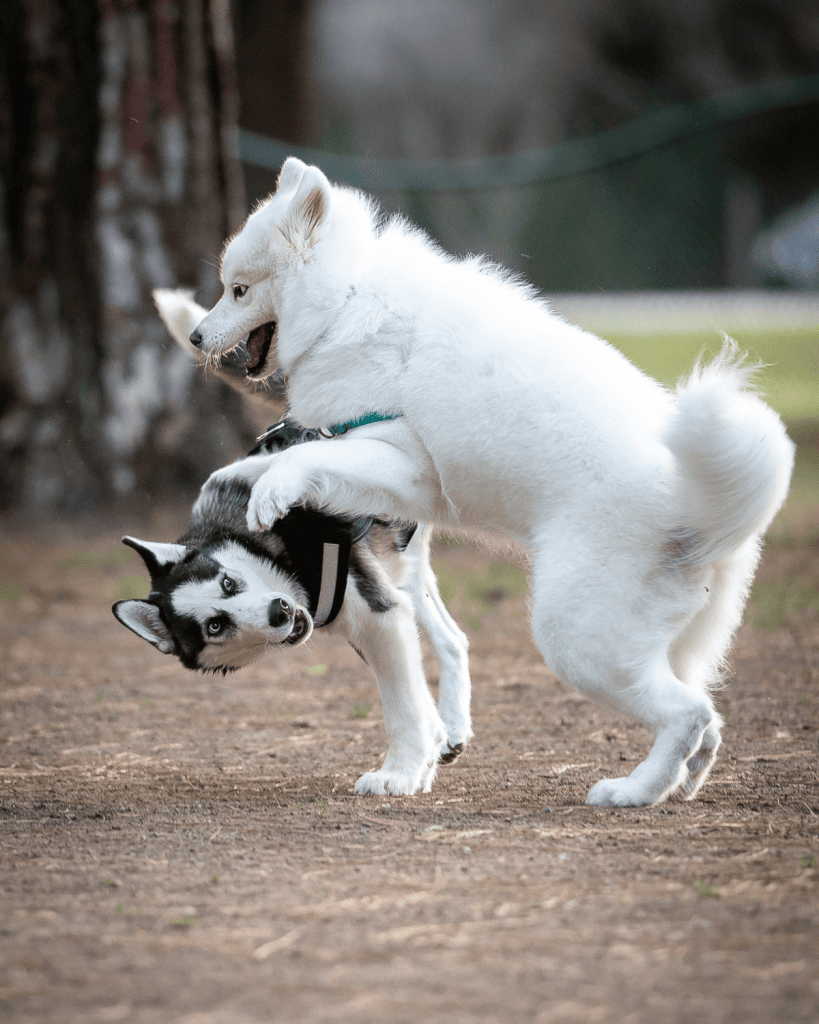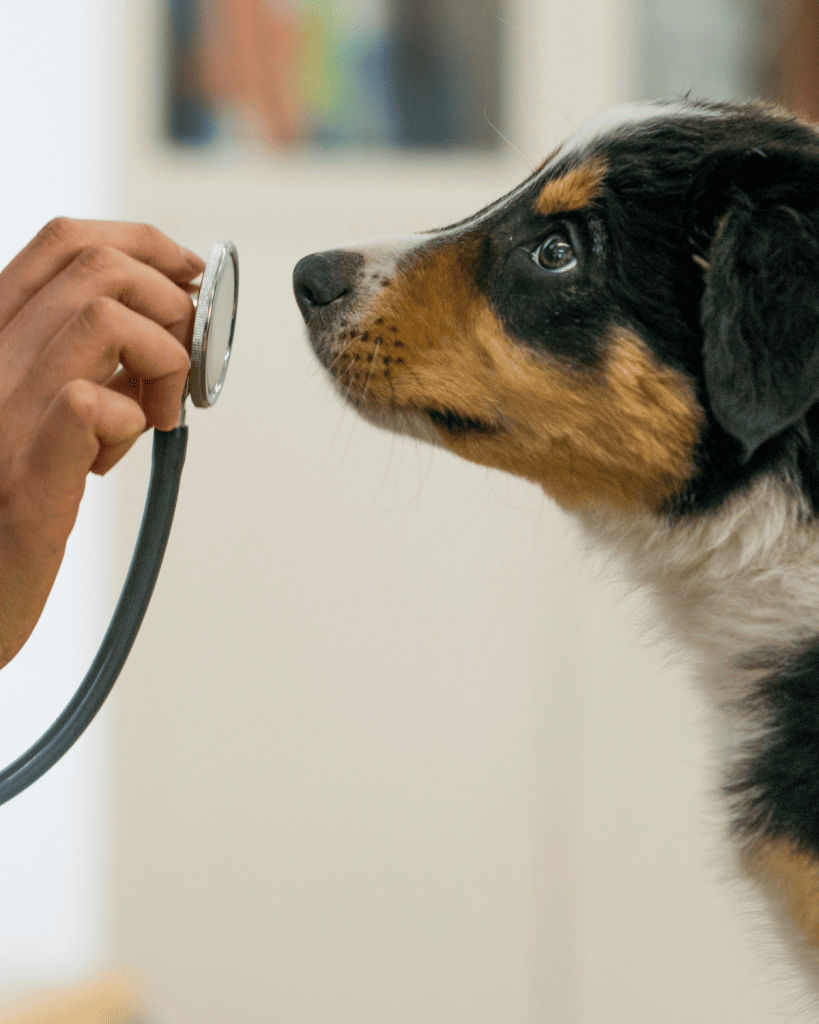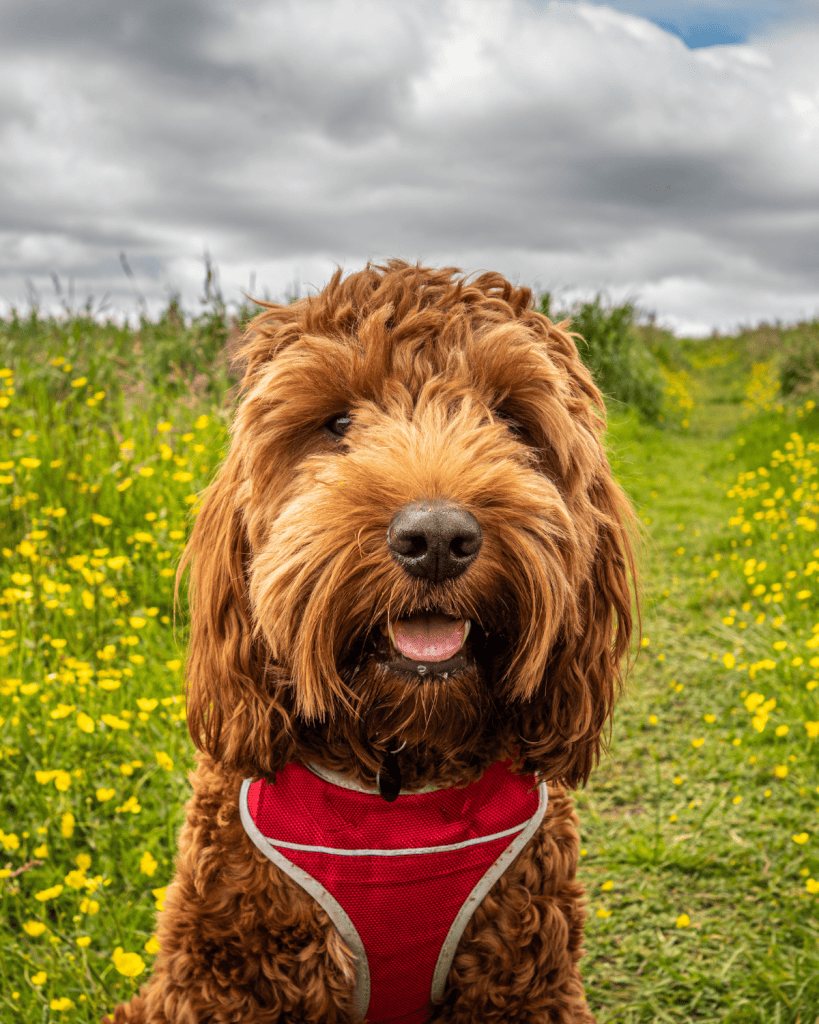How to Set Up a Puppy Play Pen: From a Professional Dog Trainer
Playpens are one of those things that’s becoming a pivotal tool for the success in raising a pup.
Trust me – I know what it’s like. Your puppy asleep, peaceful and content, so you get up to do a thing (maybe even just go for a shower) and you come back, there’s a pee, two poops and they’re muzzle deep in something they shouldn’t be. cue panic, stress, exhaustion and frustration.
Well, you know, if you had a play pen? It might just make that easier.
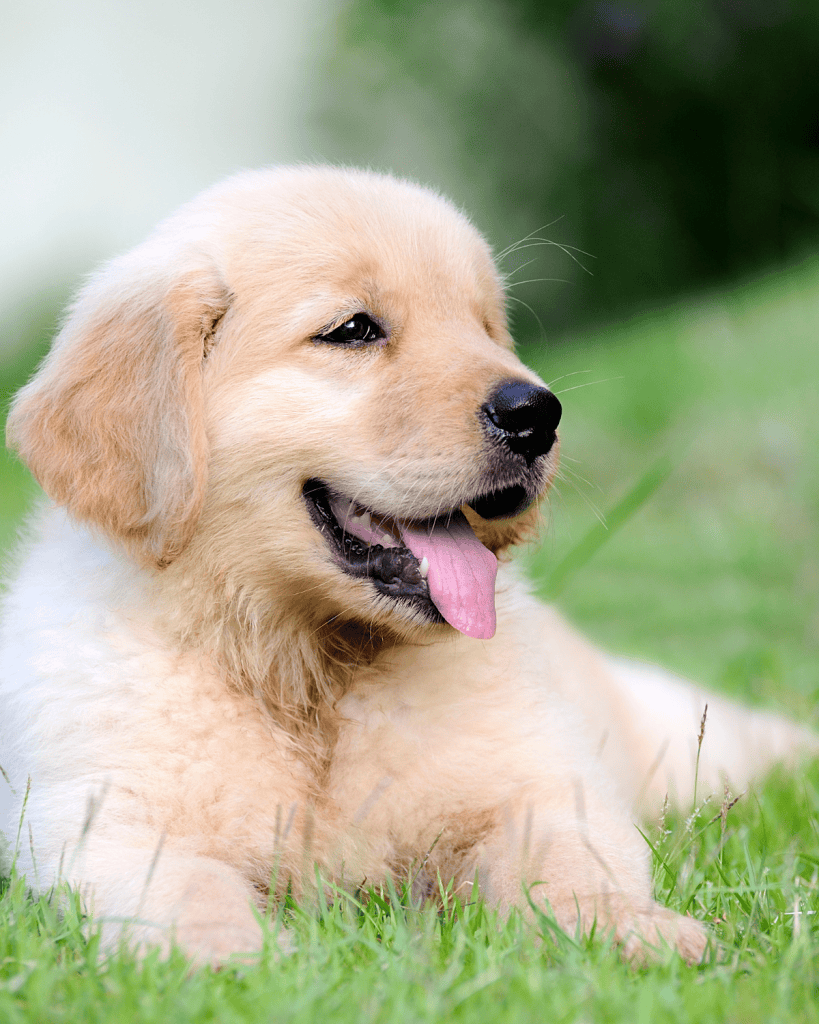
Introducing a puppy playpen to your furry friend’s daily routine is not just a good idea; it’s a game-changer for pet owners looking for a safe space for their puppies to play and rest – because sometimes puppy proofing just isn’t possible. It’s probably (other than a leash) the most useful management tool you’ll use with your pup.
If you get the right one, you can use it for indoor use, outdoor fun, or as a versatile playpen, the right dog pen provides peace of mind, knowing your escape artist is secure and, if you set it up right, entertained. Puppy pens are a great option for creating a contained area where your pup can enjoy plenty of space, with the ease of setup making it a convenient choice for busy dog owners, or guardians of multiple dogs, or even prey animals. Management really is incredibly powerful.
Beyond just being a portable pen, play pens offer more space than a dog crate, the best dog pens serve as a fundamental tool in crate training, offering easy access for your pet and ensuring a fun place that helps in the development and socialization of your puppy. In this way, a puppy playpen becomes more than just a physical boundary; it’s a portable option for your pup’s much-needed safety and comfort.
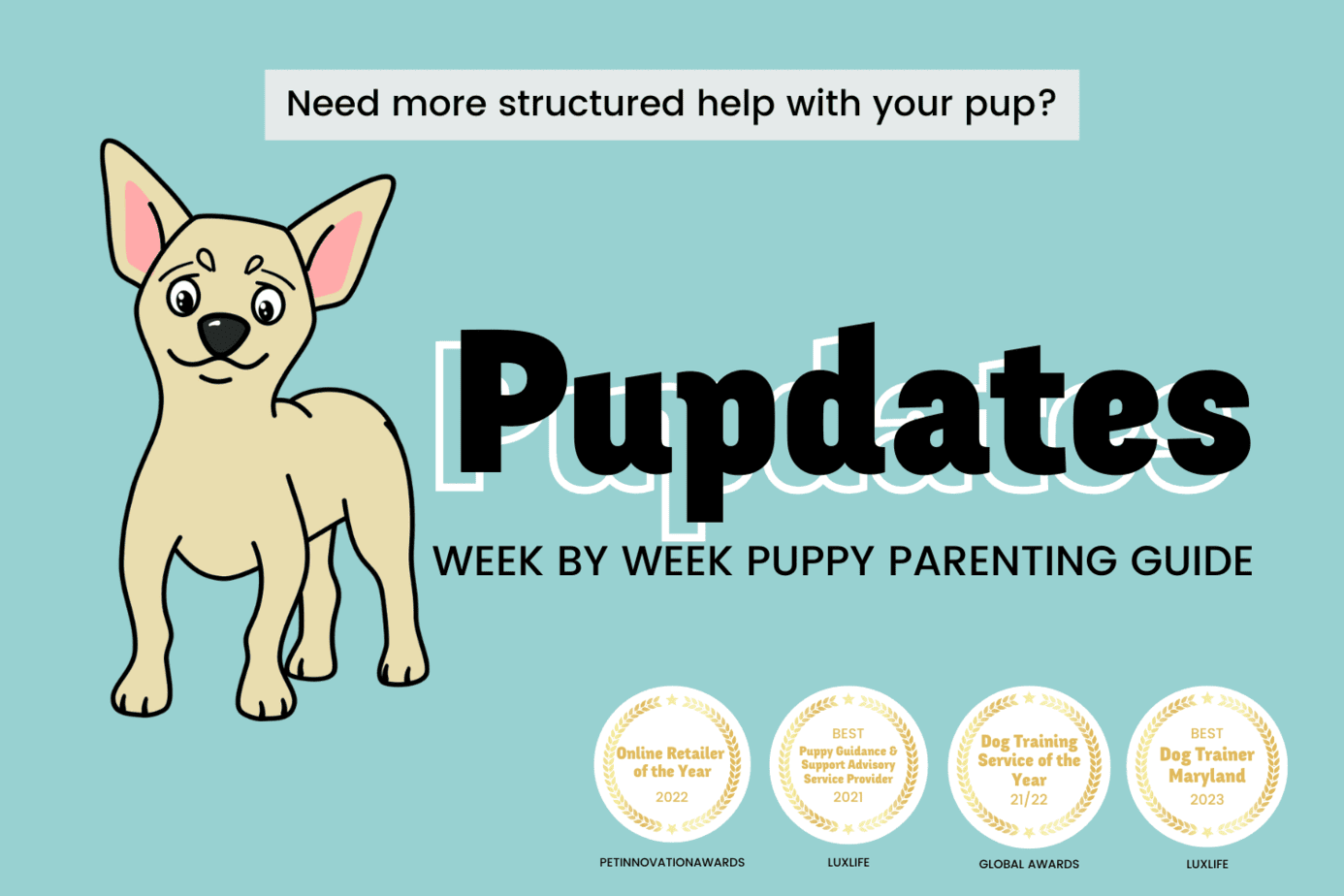
Benefits of a Puppy Play Pen
Safety: One of the paramount concerns for pet parents is the safety of their furry friend. A puppy playpen provides a safe space that mitigates the risks associated with leaving a young, mischievous puppy or even an older dog unattended. Whether it’s the use of sturdy metal pens for big dogs or soft options for smaller breeds, these enclosures offer peace of mind. Equipped with features like safety latches and extra stability options, such as ground anchors for outdoor use, playpens ensure your puppy remains secure, significantly reducing the likelihood of accidents or escapes.
| Image | Product | Features | Price |
|---|---|---|---|
large breeds | 40″ Metal Dog Playpen OutdoorThis is my fave playpen for large dogs! The pannels are pretty solid, and have yet to have my german shepherd and coonhounds test them – beyond falling over (which has happened when I didn’t structure it right, but that’s user error!). It’s a solid pen! | 9.7 | Check Price |
 | Greatmats 4×10 Ft rubber matA waterproof base layer will save your wooden floors, carpet or other slightly more absorbant surfaces – it’s also great for protecting joints as it offers wonderful traction. | 9.5 | Check Price |
 | K9 Ballistics Chew Proof Elevated Dog Bed – Made for Aggressive Chewers, Indestructible Cot, Heavy D
| 9.1 | Check Price |
 | DoggieLawn Real Grass Puppy Pee Pads- 24 x 20 Inches – Perfect Indoor Litter Box for Dogs – No Mess,
| 8.8 | Check Price |
Space for movement: Puppy pens are designed to offer plenty of space, allowing your puppy to move freely, play, or rest and pick a spot that suits them. Whether you’re considering a portable pen for indoor use or an expandable dog pen for the backyard, the right play pen can offer an ample area tailored to the size of your dog. This versatility means that puppies have room to explore and engage with their toys, contributing to both their physical and mental well-being.
Easier Training: Introducing a puppy to a pen can greatly facilitate training efforts, from crate training to establishing routines. A distinct advantage is the ease of setup, making it a portable option that can be integrated into different parts of a puppy’s training phases. It also allows you to capitalise on getting things right and ensuring you’re watching when you need to be.
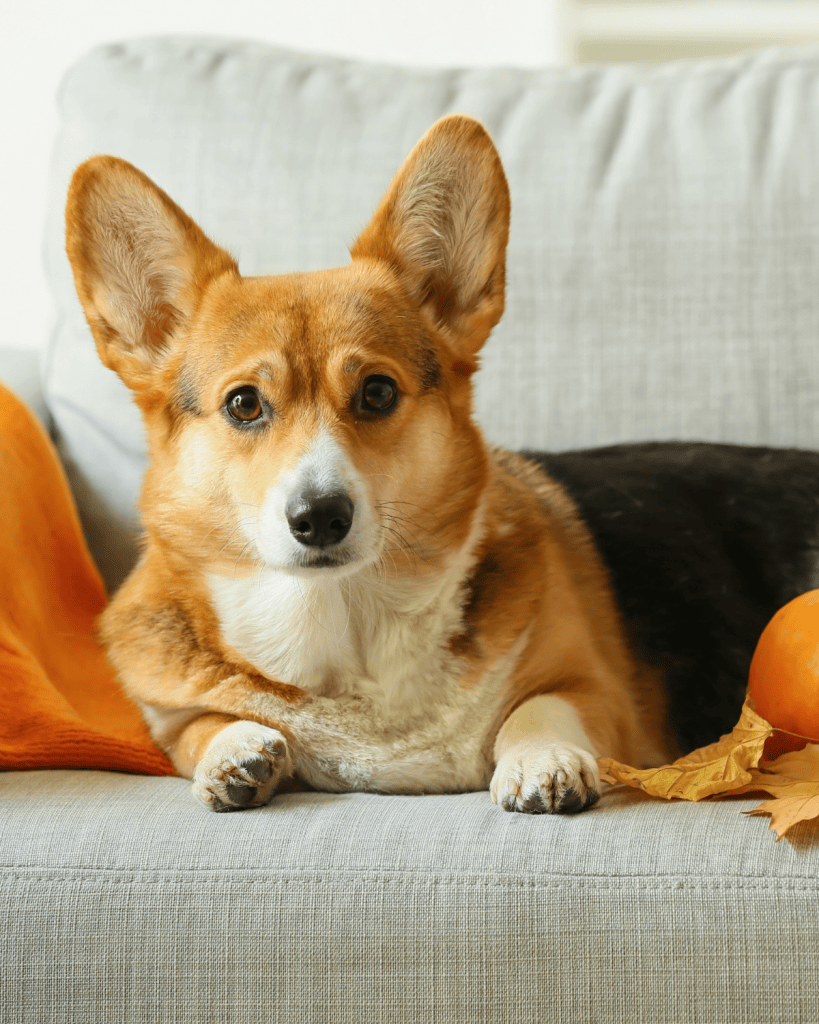
Steps to Set Up a Puppy Play Pen
Whether you’re a first-time pet parent or an experienced dog owner dealing with a new puppy, knowing how to properly set up a puppy play pen is essential. Let’s walk through the steps.
Choosing the Right Location: Considering both the size of your dog and the play pen, carefully choose an appropriate location for setup. This area should be spacious offering plenty of room to move but also safe from potentially harmful objects. For rambunctious dogs, consider large area options with tall panels to prevent escapes. If you plan on using an indoor dog pen, pick a space that’s free from cords, small objects, or furniture that could be damaged. For an outdoor pet playpen, ensure the ground is clear of any sharp items and provides some shade for your puppy.

Preparing the Pen: Next, establish the base of the enclosure. Small pet exercise pens often come with accessories like a square vinyl-coated floor grids or ABS plastic pan making setup easy. For outdoor use, resources like metal stakes or ground anchors can offer extra stability to prevent your pen from tipping. Remember, whether you’re using a metal pen for big dogs or a plastic dog playpen for smaller breeds, ensure all latches and locks are functioning properly for the well-being of your furry friend.
Equipping the Pen: With the location and pen secured, now comes the fun part: equipping your pen. Start with the basics: include a comfortable dog bed, water bowl, and food tray for your dog to eat and rest comfortably. Then think about adding toys to create a fun environment. The goal is to create a great option for your puppy to stay entertained while also feeling secure. Exercise pens provide the perfect environment for your puppy to have much fun while also learning to become more comfortable in their new space.
By following these steps, setting up your puppy play pen should require only a bit of effort and provide a great way to give your pets a safe and exciting place to play and rest.
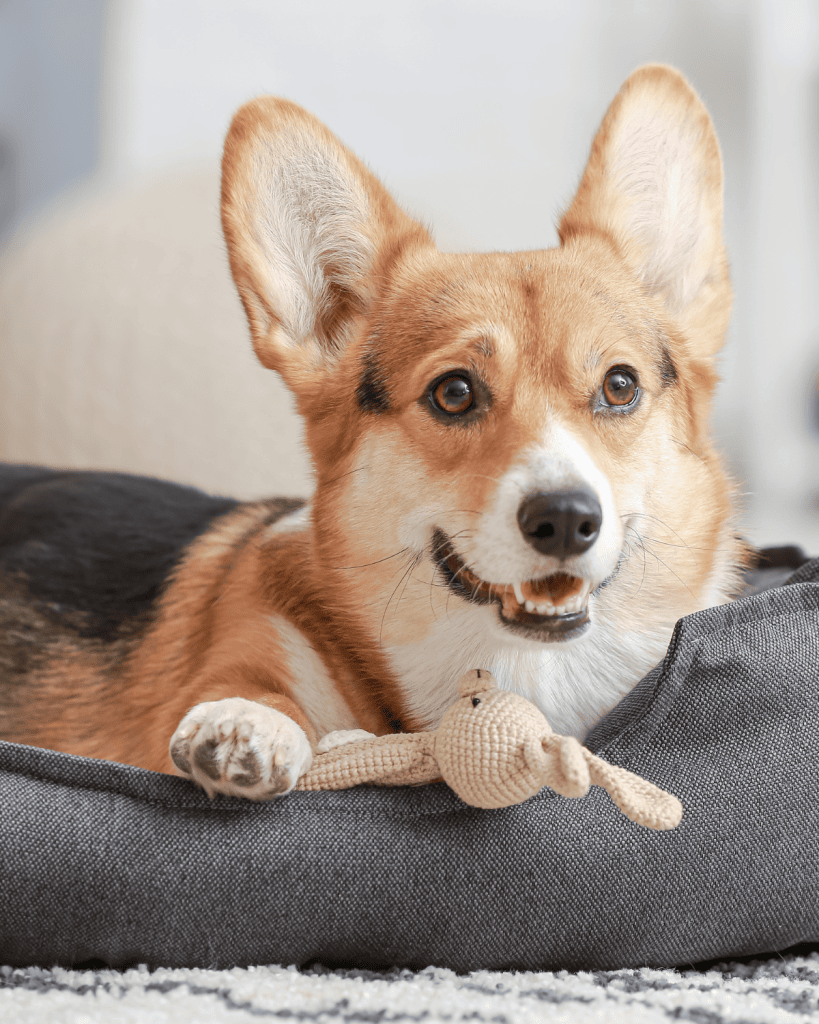
What to Include in Your Puppy Play Pen
Creating a positive and enriching environment within your puppy playpen is key to a happy and healthy pup. Here’s what you should include to ensure your furry friend enjoys their space to the fullest.
Toys: Toys aren’t just fun additions; they’re essential for your puppy’s development and mental stimulation. Different shapes and sizes cater to various aspects of play and learning. Durable chew toys can help alleviate the discomfort of teething, while puzzle toys filled with dog food keep your puppy engaged and teach them problem-solving skills. Remember, the goal is to provide much fun while also stimulating their minds, making toys great additions to any puppy playpen.
Bedding: Every furry friend deserves a cozy spot to rest after a long day of play. Including a comfortable dog bed within the pen not only offers a safe place for your puppy to sleep but also signals to them that it’s a spot for relaxation. Opt for bedding that is easy to clean and fits well within the pen, ensuring your puppy has plenty of space for both play and rest.
Food and Water: Proper hydration and nutrition are paramount, so incorporating a water bowl and, at certain times, a food tray or bowl is essential. Position these items in a designated area of the pen to avoid spills or messes during playtime.
Toilet Area: If you’re in the process of house training, dedicating a small area of the pen as a toilet spot can be highly beneficial. Consider using puppy pads or an indoor toilet training solution to facilitate this aspect of their training. This setup teaches your puppy about the right places to relieve themselves, offering an easy transition to outdoor potty breaks.
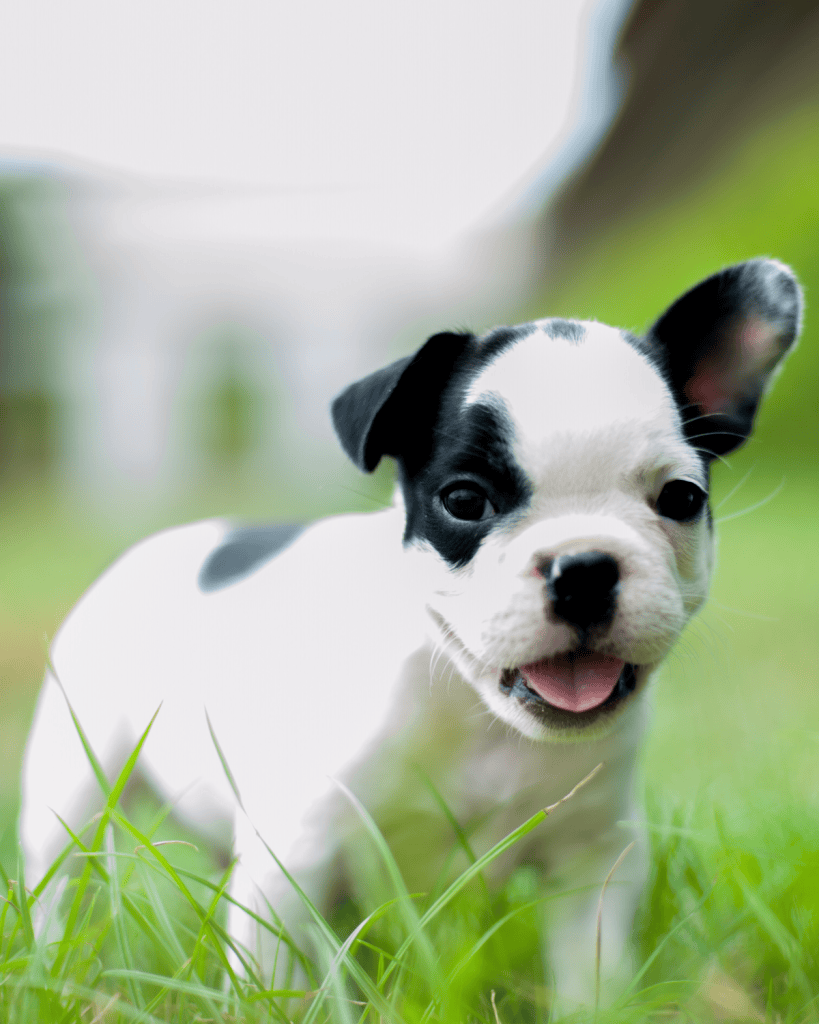
By carefully considering each element you include in your puppy play pen, you provide a supportive environment that caters to your dog’s needs, helping them grow into a well-adjusted adult dog.
Safety Precautions When Setting Up a Puppy Playpen
When it comes to your petite, furry friend’s well-being, establishing a puppy playpen with proper safety measures is of utmost importance. Here’s how to ensure a secure environment:
Firstly, ensure that the play pen is constructed of appropriate materials suitable for your dog’s size and strength. For robust pups known as escape artists, a metal pen with a safety latch offers added security. Check for sharp edges or points that could cause injury, and opt for a smooth finish on the pen’s surfaces for added peace of mind.
Moreover, stability is a key factor—especially for outdoor use. Secure the playpen with ground anchors to thwart any attempts of your whimsical pup to tip it over. Indoors, place the pen on a non-slip surface to prevent any shifting during use, safeguarding against accidental falls or the pen collapsing – then it’s just up to you to make sure you’re using your highschool geometry to good effect!
Try to make sure that any included accessory pockets are out of reach for the puppy to prevent them from chewing on or swallowing small items. Likewise, for pens with a step-through door, confirm that the door shuts firmly to discourage any smart, curious puppies from figuring out an escape route (pro tip: you can also use carabiners and zip ties on these!).
By adhering to these safety precautions, pet owners can create a secure and fun place for their puppies, whether they’re in need of a nap in their cozy dog bed or exploring their playpen during those short periods of independence.
FAQs about Setting Up a Puppy Play Pen
Q: What size playpen should I get for my puppy?
A: The size of the playpen should correspond to your puppy’s breed and anticipated full-grown size and how you plan on using it. However, as a rule of thumb, taller, larger and stronger are rarely a bad thing. There should be enough space for the puppy to move around, play, sleep, and eat without feeling confined. Larger breeds will require larger pens, and the height should also be taken into consideration to prevent your puppy from climbing out.
Q: How do I secure a puppy playpen to the ground outside?
A: Most outdoor playpens come with metal stakes or anchors that can be pushed or screwed into the ground. Make sure to firmly place all anchors at the appropriate points to ensure the pen is stable and secure.
Q: Can I connect multiple playpen panels to create a larger area?
A: Yes, many playpens are designed with interlocking panels that you can arrange in various shapes or connect to additional sets to create a larger space. Just ensure that the connections are secure to prevent any gaps or weak points that a puppy might push through.
Q: How often should I clean my puppy’s playpen?
A: Clean the pen regularly to maintain hygiene. For bedding and water/food bowls, daily cleaning is recommended. The frequency of washing the actual pen will depend on usage, but a weekly clean with a pet-safe disinfectant can keep it fresh.
Q: Is it safe to leave my puppy in the playpen when I’m not home?
A: Yes, but you should puppy-proof the playpen to ensure there are no hazards, and that your puppy has enough water, and toys to keep them occupied. Make sure the playpen is sturdy enough to contain your puppy and prevent accidents or escapes.
Q: What materials should I look for in a durable puppy playpen?
A: Look for high-quality, non-toxic materials. Heavy-duty plastic, coated metal, or reinforced mesh are common options that provide durability and safety for your pet. Avoid materials that can be chewed apart easily or that your puppy might have an allergic reaction to.

Q: Should the playpen have a roof or cover?
A: That depends on your puppy’s behavior and where you place the pen. If you have a high jumper or climber, a roof can be a good precaution. If you’re setting the pen up outside in an open area, a roof or cover can provide shade and protection from birds of prey if you have a small dog.

Playpens are safety
I’m a huge fan of playpens. I use them with my trio of large dogs. It’s one of those purchases that feels pretty darn steep at the time, but when you start seeing more and more functional uses of it, you become very grateful for it.
Puppy care is bloody tough! I think we can all agree. But what a play pen offers is a great balance of safety and still enough space, and if you opt for the panel style? You can also set it up to be extra extra spacious.
If you want more guidance on raising your puppy right, check out my pupdates program!

Author, Ali Smith
Ali Smith is a professional, qualified, and multi-award winning trainer is the founder of rebarkable. She has always believed animals deserve kindness and champions force free methods. Believing that dog guardians will all choose the kindest options if proper information is provided, she aims to help all dog guardians who need it and make dog training as accessible as possible
Ali lives win Maryland, US with her husband and her three dogs.

